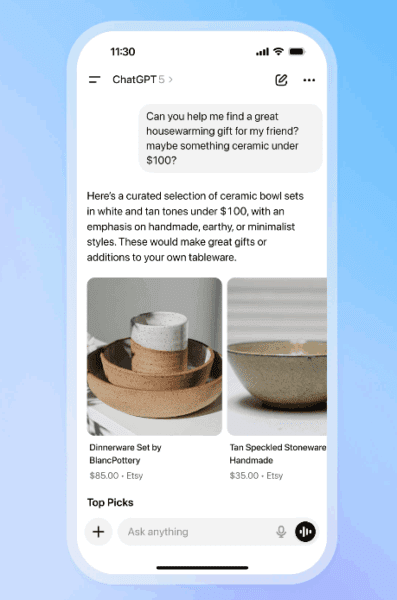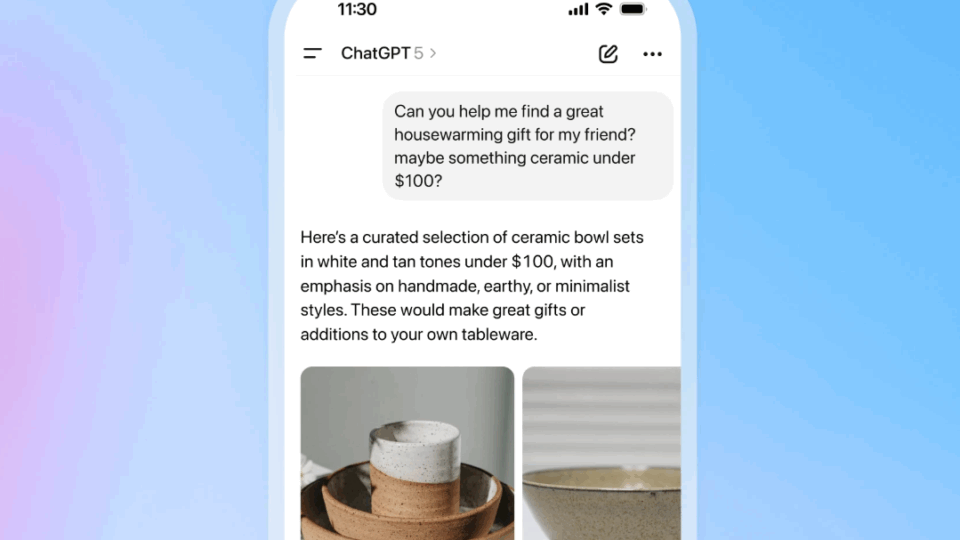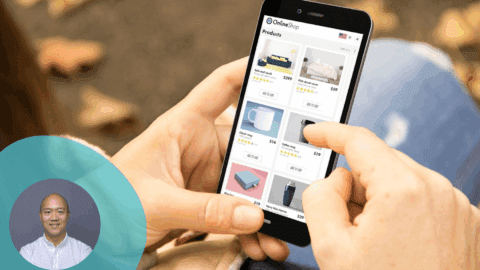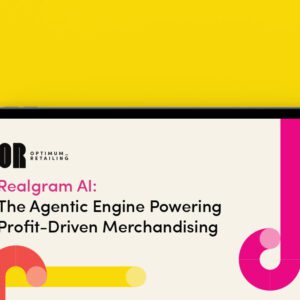[Update as of Oct. 28, 2025] PayPal plans to connect its global merchant network to OpenAI, creating a platform for tens of millions of small businesses, as well as some of the largest brands in the world, to sell within ChatGPT. The news follows similar partnerships with Shopify, Salesforce, Walmart and Etsy.
PayPal also is adopting the Agentic Commerce Protocol (ACP) to enable ChatGPT users to check out in the AI platform instantly using PayPal for any purchase.
“Hundreds of millions of people turn to ChatGPT each week for help with everyday tasks, including finding products they love, and over 400 million use PayPal to shop,” said Alex Chriss, President and CEO of PayPal in a statement. “By partnering with OpenAI and adopting the ACP, PayPal will power payments and commerce experiences that help people go from chat to checkout in just a few taps for our joint customer bases.”
As part of the partnership, PayPal also is expanding its AI strategy with OpenAI beyond commerce and plans to scale access to ChatGPT Enterprise for its more than 24,000 employees in a bid to enable its engineers with Codex and expand the use of OpenAI’s APIs in its offerings.
[Update as of Oct. 14, 2025] Ecommerce customers of Salesforce — which include many large retail conglomerates such as L’Oréal Group, Pandora and Saks — will now be able to join Shopify and Etsy merchants in selling directly to customers within ChatGPT conversations. (Walmart also announced that it will be integrating later this fall.)
Salesforce has expanded its partnership with ChatGPT parent company OpenAI to integrate its Agentforce Commerce set of solutions (formerly called Salesforce Commerce Cloud) with ChatGPT’s new Instant Checkout feature. Launched late last month, Instant Checkout allows customers to buy items directly within ChatGPT conversations without needing to visit a brand’s website.
Product catalogs from merchants using Salesforce’s Agentforce Commerce will now appear in ChatGPT and enable this in-app checkout. Salesforce partnered with payment provider Stripe to bring this integration to life through the Agentic Commerce Protocol (ACP), an open standard protocol designed to facilitate secure, tokenized and privacy-compliant transactions.
Original story from Sept. 30, 2025 Begins-
What ChatGPT’s ‘Instant Checkout’ Offering Means for Retailers
U.S. consumers using OpenAI’s ChatGPT can now buy the items that their AI-powered search has led them to directly — without leaving their conversations. The checkout connection, dubbed Instant Checkout, is now live with Etsy and will be extended to the thousands of merchants on the Shopify platform in the near future.
 “Shopping is changing fast. People are discovering products in AI conversations, not just through search or ads,” said Vanessa Lee, VP of Product at Shopify in a statement. “This will let our merchants show up naturally in those moments and give shoppers a way to buy without breaking their flow. It’s a really exciting shift for commerce.”
“Shopping is changing fast. People are discovering products in AI conversations, not just through search or ads,” said Vanessa Lee, VP of Product at Shopify in a statement. “This will let our merchants show up naturally in those moments and give shoppers a way to buy without breaking their flow. It’s a really exciting shift for commerce.”
Etsy Chief Product and Technology Officer Rafe Colburn explained how the process works in a blog post: “When users enter a shopping-related query (like: “Help me find a ceramic plate set”), ChatGPT may show results from Etsy. From those results, users can click into the listing to learn more and even complete their purchase from Etsy via credit card, Apple or Google Pay, and other payment methods – all without leaving ChatGPT.”
While sellers that use the Etsy and Shopify platforms will be auto-enrolled in the feature, other merchants can participate by applying manually, according to Josh Blyskal, who leads Answer Engine Optimization (AEO) strategy at the analytics firm Profound, in a LinkedIn post.
With ChatGPT, Merchants Retain Data and Relationships
OpenAI is emphasizing that even though ChatGPT leads the shopper to the item, the actual transaction remains the retailer’s. According to the ChatGPT website: “You remain the merchant of record, with full control over orders, payments, fulfillment, and customer relationships.” The platform also emphasized that product results in ChatGPT are ranked by relevance so that they can be discovered organically. Merchants pay a fee to ChatGPT if a sale occurs, and the fee is refunded if the item is returned.
The arrival of direct checkout within ChatGPT doesn’t come as a huge surprise — the Financial Times first reported in July 2025 that Shopify and OpenAI were working on the integration, and it’s an obvious next step as ChatGPT and competitors like Perplexity and Google’s Gemini have beefed up their commerce features. This week’s launch does, however, signal the beginning of a major movement toward a future when AI engines handle more and more of the online path to purchase.
“[OpenAI’s Instant Checkout] feature still has some wrinkles to iron out, but embedding checkout for hundreds of millions of users could turn ChatGPT into a true commerce destination,” said Zak Stambor, a senior analyst at Emarketer in comments shared with Retail TouchPoints. “If OpenAI can streamline the experience, it could challenge Amazon and Google and carve out a lucrative new revenue stream.”
Sales are Great, but the Real Prize is the Data
However, that prized data tracking how consumers search, and what leads them to a purchase, will now be even more readily available to OpenAI. While the Financial Times’ reporting emphasized the revenue stream as a key reason for OpenAI to facilitate actual sales, it’s likely the data that’s collected will be equally if not more valuable.
“OpenAI’s instant checkout is a natural progression of the technology,” said Martin Balaam, CEO of product information management solution provider Pimberly in comments provided to Retail TouchPoints: “Why send users off the platform to buy products when you can keep them engaged and monetize directly? We’ve seen this playbook before with Facebook, and it’s an effective way to accelerate revenue while capturing invaluable data on what people think about and what ultimately drives them to make a purchase, something even Google has struggled to fully get a handle on.
AI as Gatekeeper, Shopping Guide…and Now Cashier?
“From a loyalty perspective, most consumers have already chosen their go-to AI ‘buddy,’ so offering embedded transactions is both an extension of that relationship and a defensive move,” Balaam added. “If OpenAI doesn’t allow you to buy, you’ll go elsewhere, just like Google.”
To be sure, Google and other popular AI search platforms are busily working on boosting their own commerce capabilities — and users are rapidly adopting these new tools. The latest Future Consumer Index from EY found that 82% of consumers say they now trust AI-generated product recommendations, and 75% would trust AI to auto-refill their shopping carts and automate ordering and delivery. What’s more, Salesforce predicts that during the 2025 holiday season, AI will drive $260 billion in global online sales as well as $1.6 trillion in in-store sales.
“AI is serving as both gatekeeper and guide for the consumer,” said Mike O’Donnell, SVP of Innovation and Business Transformation at digital services firm Flywheel in comments shared with Retail TouchPoints. “Those who don’t adapt run the risk of being cut out of key steps in the consumer journey. To succeed, brands must move to a proactive, audience-centric approach that balances traditional SEO [search engine optimization] with new GEO [generative engine optimization] strategies, ensuring products are visible and recommended by both search engines and AI.”
Adobe Digital Insights already noted this shift during the summer Prime Day sales period, when both AI-powered shopping interfaces and human creators had a significantly increased influence on Prime Day spend. While AI search and creator marketing may seem like two fundamentally different forces (one machine, the other human), Vivek Pandya, Director at Adobe Digital Insights, shared in a recent episode of Retail Remix that what happened during Prime Day actually illustrates how interconnected the two are.
AEO/GEO differs greatly from traditional SEO tactics, and in this new world, social media content like that generated by creators and publishers is crucially important in the race to be visible within these new AI search tools: “It’s really incumbent on brands and retailers to not to just make sure their own ecommerce storefronts are well optimized, but that they’re promoting their brand across different social networks, across the larger media ecosystem, so that when people are saying, ‘I want this type of product that has this type of feature,’ they’re being picked up [in AI searches] versus someone else,” Pandya said.













